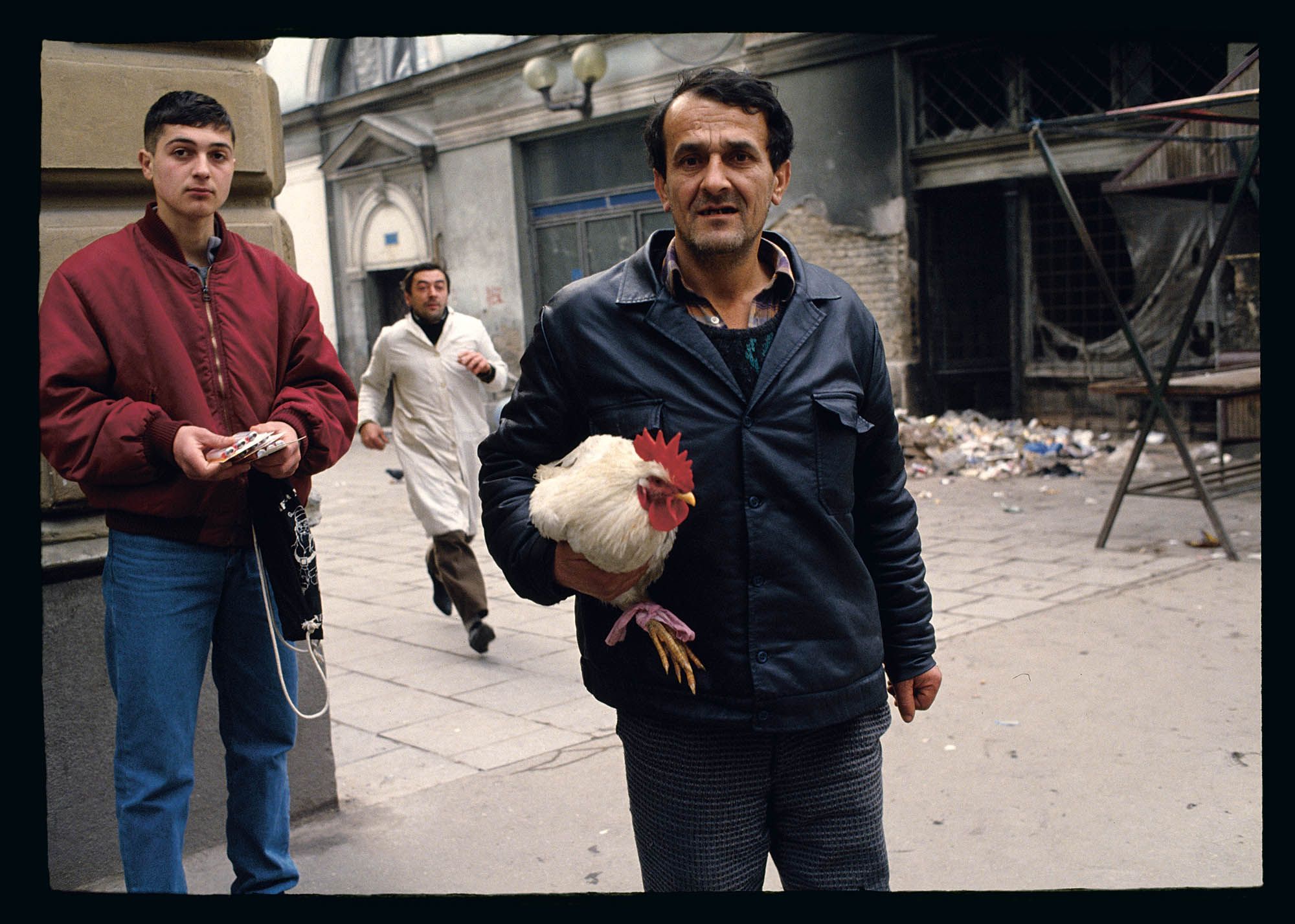In the first half of the 1990s, Robin Graubard traveled to the Balkans and Eastern Europe after the break-up of Yugoslavia and the Soviet Union to show the conflicts and changes in the region in their raw reality. Nearly thirty years later, Loose Joints Publishing has released an album of her pictures.
Robin Graubard (b. 1951) is an American photographer who bought a plane ticket to Prague in the early 1990s after the newspaper where she worked closed down. For the next few years, she was based in the Czech capital, but also covered the war in Bosnia, the conflicts in Sarajevo and Kosovo, and traveled to Eastern Europe—Hungary, Bulgaria, Czechoslovakia, Romania—and Russia. Graubard’s photographs are a stark documentation of societies falling apart after the break-up of Yugoslavia and the Soviet Union, featuring themes such as devastating poverty and wars, smugglers and orphans in railway stations, young and old with guns, hospitals and bars, burnt-out buildings and abandoned cars.
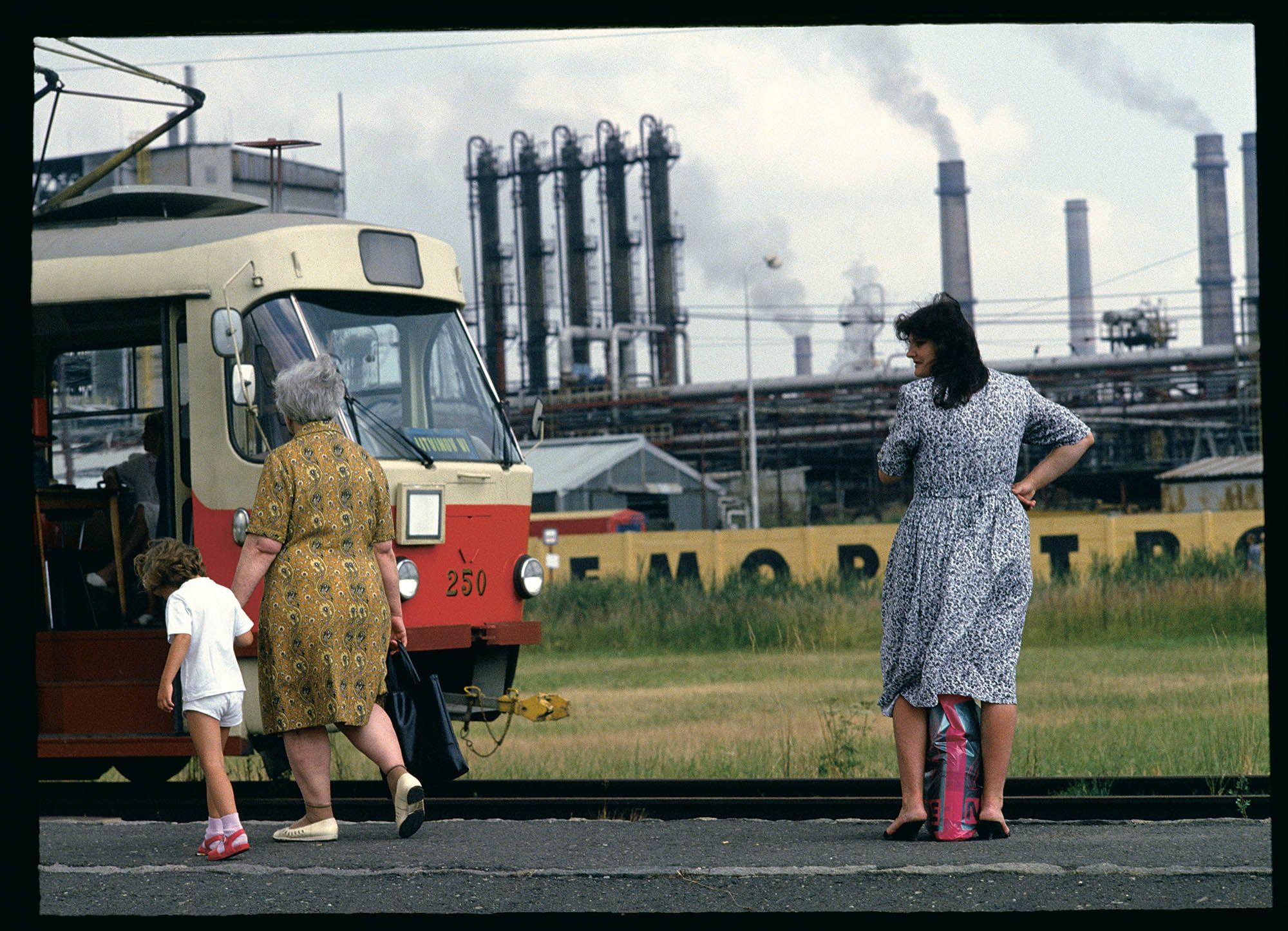
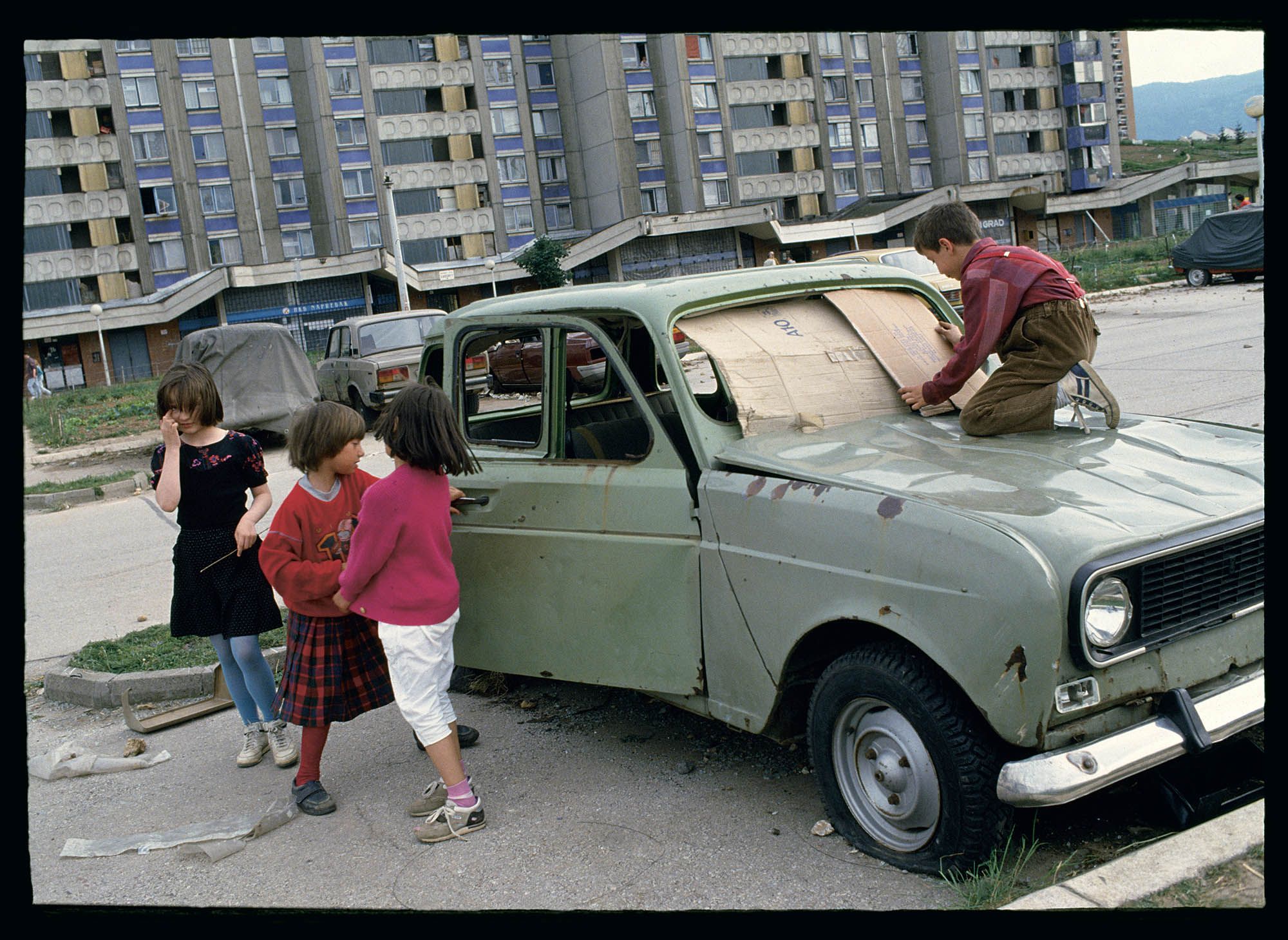

At the end of the album, some personal stories are collected about each place. For example, from 1994, in Sarajevo, where Graubard met a woman working for Human Rights Watch who asked her to bring something for her parents. “Her father was a Serb. Her mother was Muslim. The father hadn’t been out of the apartment for over six months as he said he would be questioned at checkpoints within Sarajevo, and if anyone heard him talk, they would know he was a Serb and kill him. I brought back food from the marketplace for them. In 1994, about two weeks after I left Sarajevo and returned to the U.S., there was a massacre at the marketplace. Many people died. The bombs came from the mountains on the Serbian side above Sarajevo. That was the beginning of the end of the war.”
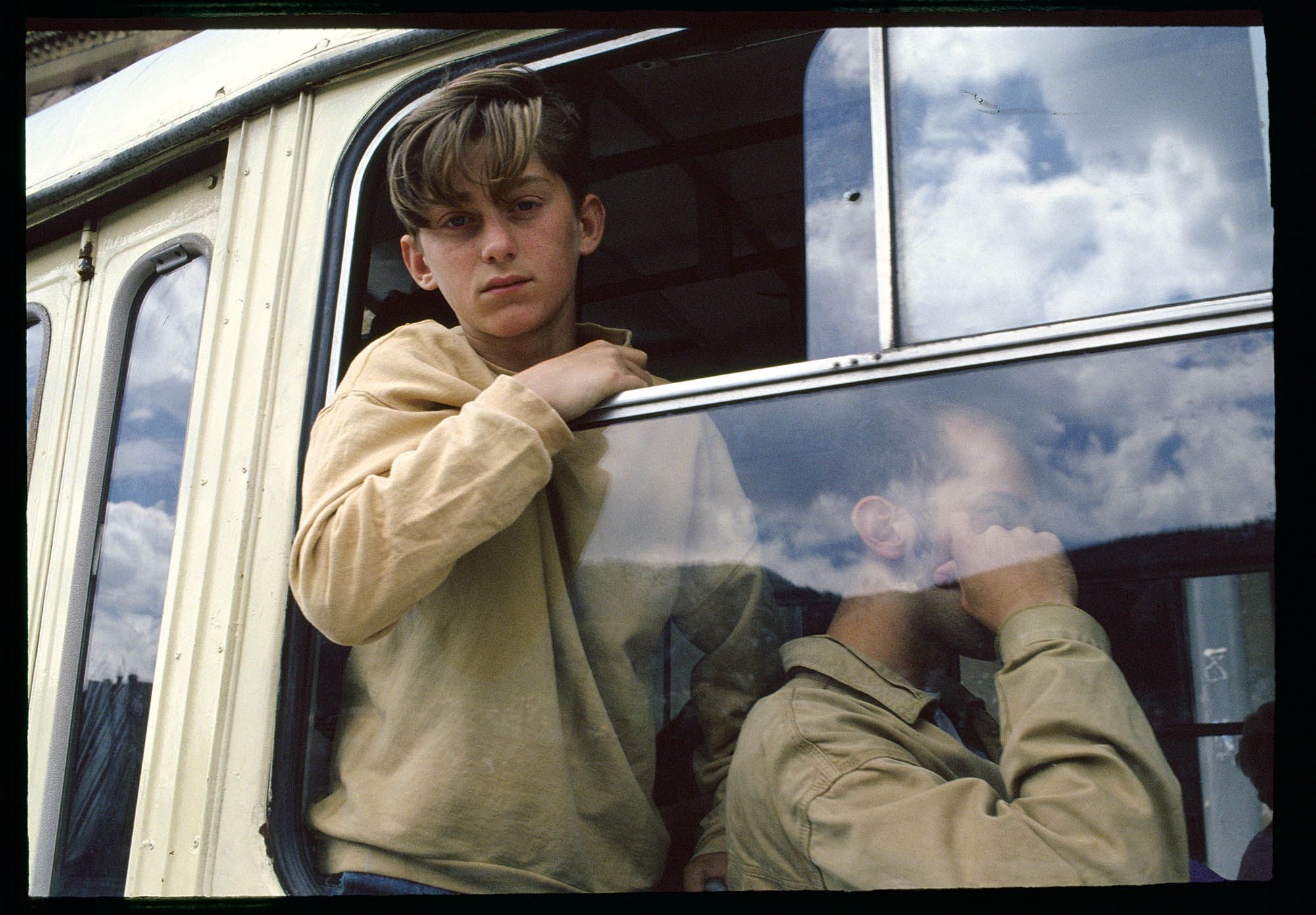
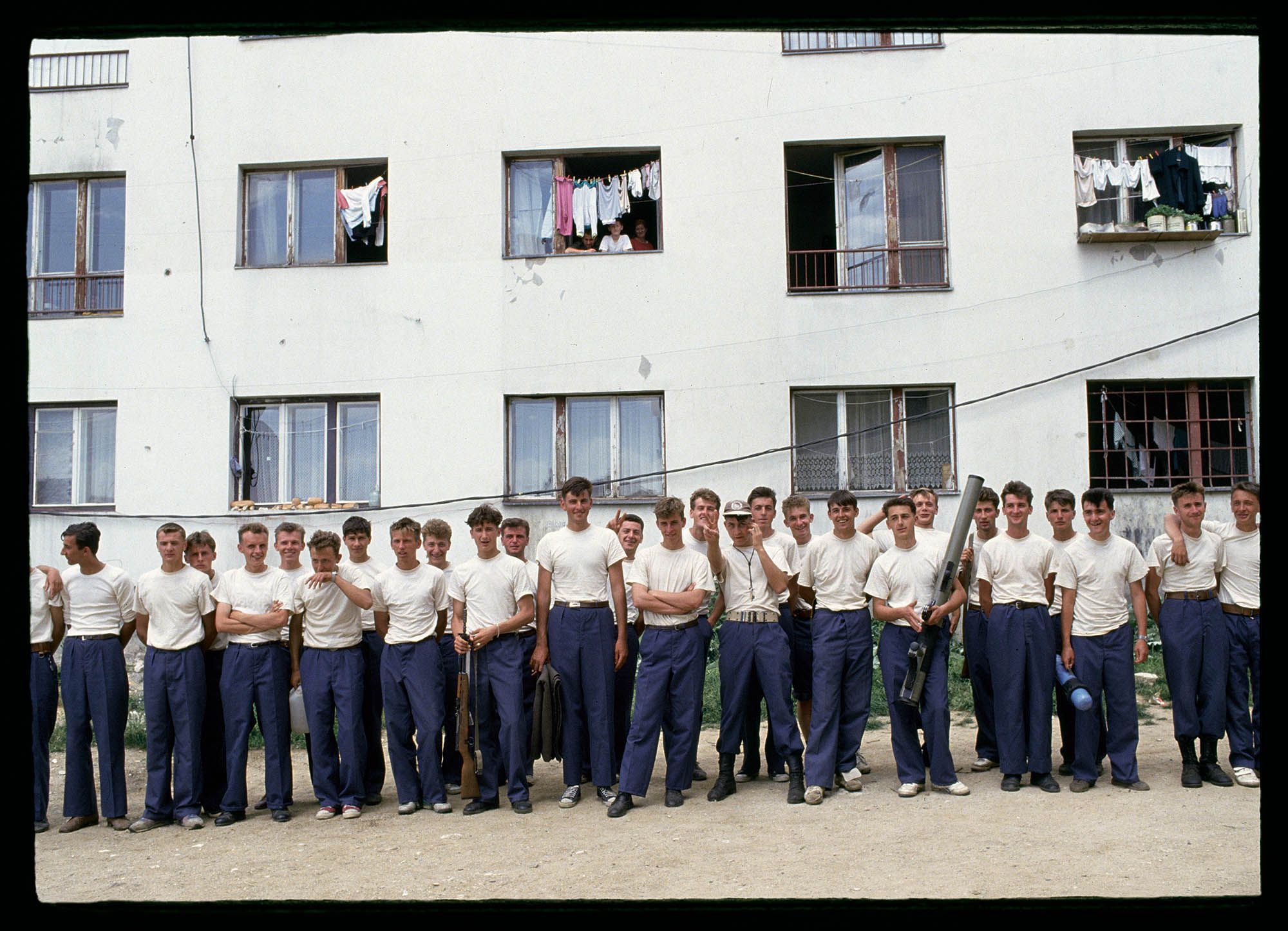

The photographer grew up in the New York counterculture and punk scene, so naturally, she was interested in the underground culture of post-Soviet countries—but the young people having fun and falling in love can only soften the sense of suffering and loss that pervades the album, best summed up by the graffiti on the window of a bar (Hell) and the title (Road to Nowhere). The album is Graubard’s first major publication, and many of the images it features have not been seen anywhere for nearly thirty years.


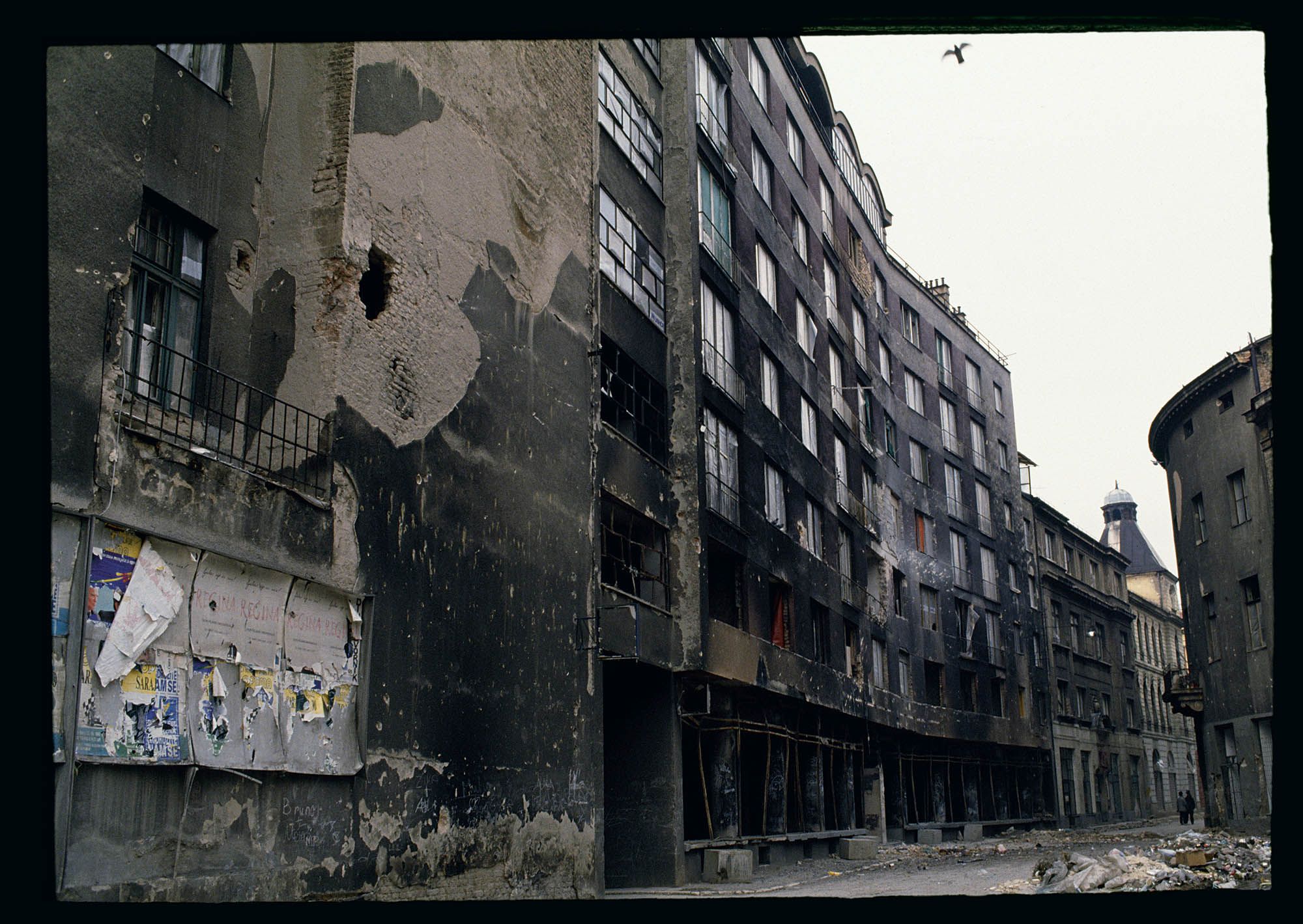
Robin Graubard: Road to Nowhere
Publisher: Loose Joints
loosejoints.biz
Cover photo: Rooster, near marketplace, Marshall Tito Street – Sarajevo, Bosnia and Herzegovina © Robin Graubard 2022 courtesy Loose Joints

Enclosing music in form

MOME focuses on the future at this year’s Budapest Design Week










